With temperatures rising, how can Singapore shape its future developments to keep cool?
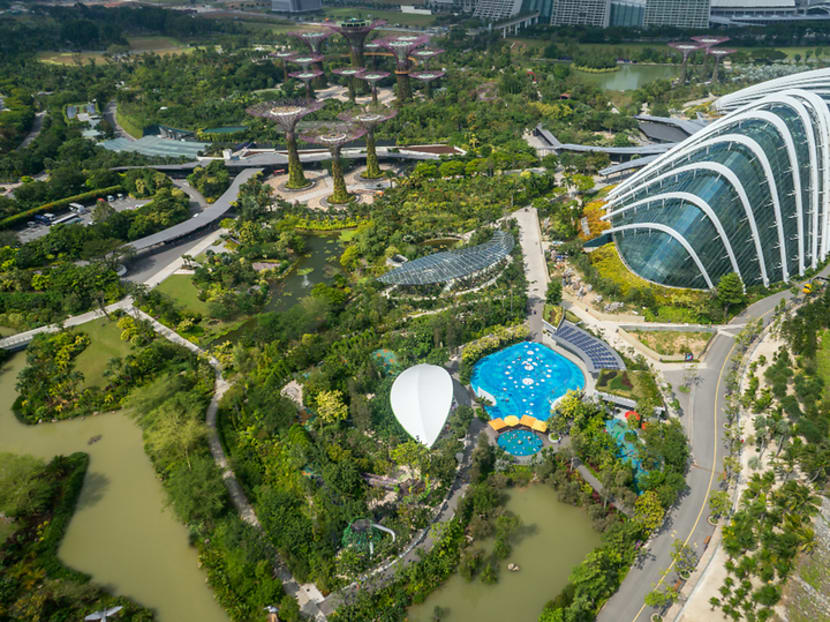
SINGAPORE: The relentless and punishing heat in July saw Singapore's temperatures soaring above 34 degrees Celsius for 14 days. But while the heat blanketed most of the country, some parts were hotter than others.
Records from the Meteorological Service Singapore (MSS) show that the eastern parts of Singapore have consistently seen higher temperatures than the rest of the island.
Moving forward, how these areas will be developed will play a significant role in the way heat distributions pan out, said experts.
This also comes after a major report released on Aug 10 by the United Nations' intergovernmental panel on climate change sounded a warning bell on rising temperatures in the coming decades.
URBAN HEAT ISLAND EFFECT
In the first half of the year, eastern areas such as Marine Parade and Changi bore the brunt of the heat compared to other parts of Singapore, according to climate maps from MSS.
In some months, the difference was nearly as much as 4 degrees Celsius.
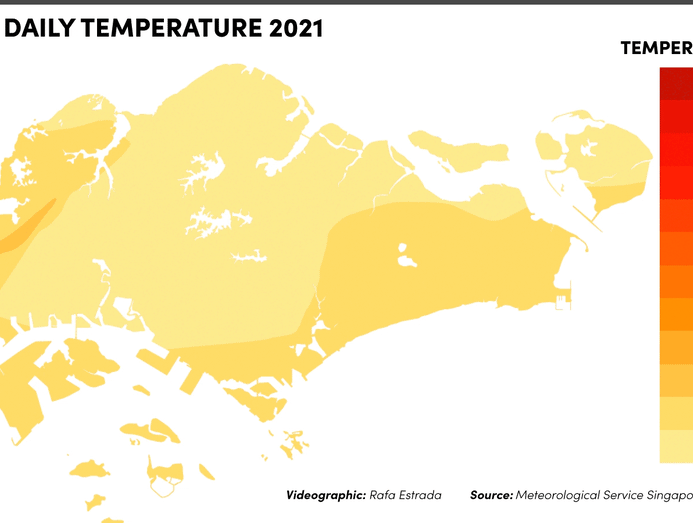
Data of historical temperature extremes from MSS also shows that Paya Lebar saw the highest monthly mean temperatures on record for seven months of the year. Four of them were recorded in 2019, the country's hottest year to date.
While a range of factors, such as cloud cover and rainfall, can affect the air temperature in an area, discrepancies could also be due to the urban heat island effect. This is a phenomenon that occurs when natural land cover is replaced by urban surfaces that absorb and trap heat, such as buildings and roads.
Studies have shown that this has caused temperature differences of up to 7 degrees Celsius between urban and less built-up areas in Singapore.
In this respect, Singapore is “asymmetric”, said weather and climate scientist Koh Tieh Yong, an associate professor at the Singapore University of Social Sciences (SUSS).
"The concentration of urban areas just means that you have more buildings and roads that trap heat. On the whole, the hotspots are usually in the eastern side,” said Assoc Prof Koh.
This eastern side, stretching from Tampines to Hougang and Ang Mo Kio, is all urbanised, he said, meaning there are no "big stretches of vegetation”.
"If you look at the rest of Singapore, there's the central catchment area, and in the western area, you have reservoirs and green spaces reserved for military training, as well as rural agricultural areas,” said Assoc Prof Koh.
A massive upcoming development in Paya Lebar could further change the urban climate in eastern Singapore.
The relocation of Paya Lebar Airbase from 2030 will free up 800 hectares of land – equivalent to about five Toa Payoh towns. This will be progressively transformed into a "highly liveable and sustainable” new town, according to the Urban Redevelopment Authority (URA).
Satellite images of Singapore also show undeveloped greenery in the area.
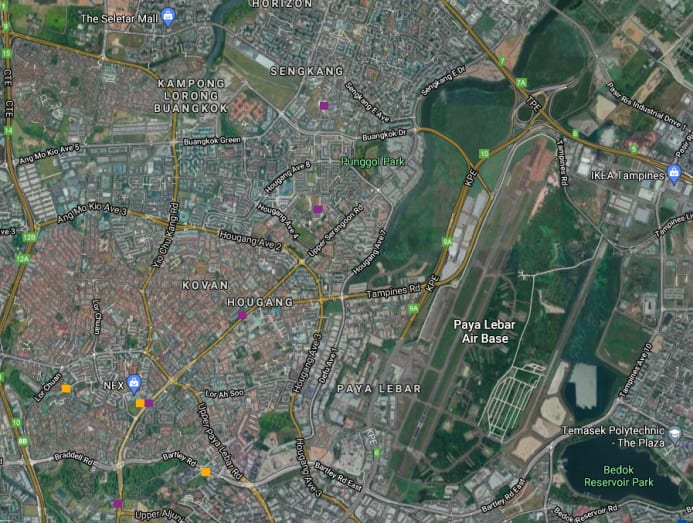
The greenery will inevitably be removed for the new town. But how it will be redeveloped will affect the urban climate for residents from Tampines to Sengkang, said climate scientist Winston Chow, an associate professor at the Singapore Management University (SMU).
BALANCING NATURE AND URBAN DEVELOPMENT
In recent years, greater public awareness has led to calls against clearing existing forests for urban developments.
The proposed redevelopment of Ulu Pandan – including the 33ha Dover Forest – for housing needs led to a public outcry earlier this year.
Following months of consultations, authorities announced in July that only a third of the plot would be used for housing, and land will be set aside for a nature park. Plans for the rest of the plot will be deferred until around 2030.
Such cases have cast the spotlight on Singapore's perennial issue of land scarcity, and the ongoing tension between the need for urban development and the need to preserve green spaces for their environmental value.
Authorities have also been intensifying tree-planting efforts, for instance, to mitigate the urban heat island effect.
Under a nationwide green movement, the country has pledged to plant 1 million trees in areas including industrial estates and along roads by 2030.
But Assoc Prof Koh said these may not be enough to bring down temperatures.
"You can (already) achieve a lot by shading people away from direct sunlight for their thermal comfort, but that does not bring down the area's average temperature in the vicinity,” said Assoc Prof Koh.
"The fact is that we still have many more buildings and much more road surfaces, even in areas where we try to plant trees in our so-called garden city.”
HOW ELSE IS SINGAPORE BEATING THE HEAT?
To keep cool, Singapore is also increasingly turning to science and technology.
Efforts to study and mitigate the urban heat island effect have gained momentum, especially over the last two years.
In 2019, an inter-agency working group led by the Ministry of Sustainability and the Environment and URA was launched to come up with mitigation strategies.
During her Committee of Supply debate speech in Parliament earlier this year, Minister for Sustainability and the Environment Grace Fu announced plans to deploy a network of climate sensors across the country, along with other initiatives to tackle the problem.
These sensors, she said, would measure and collect data on ambient temperature, relative humidity and wind speeds, helping to close the knowledge gaps on urban heat island effect.
Singapore is also embarking on a large-scale pilot on the use of "cool paints" in housing estates, with a goal of bringing down ambient temperatures by up to 2 degrees Celsius. The pilot comes under a 10-year plan to make Housing and Development Board (HDB) towns more sustainable and liveable.
Heat-reflective paint will be used on 130 HDB blocks in Tampines – an estate that was chosen because it had "a higher average land surface temperature compared to other towns”.
"The outcome of this pilot will help us test the market readiness of cool paints for wider implementation and pave the way for its use in more HDB towns, to mitigate urban heat effects and further improve the liveability of our HDB towns,” said the Housing Board's CEO, Mr Tan Meng Dui.
The project, including a review of outcomes, is due to be completed by 2024.
HDB will also study whether surrounding greenery will affect the performance of these paints and lead to a further reduction in ambient temperature.
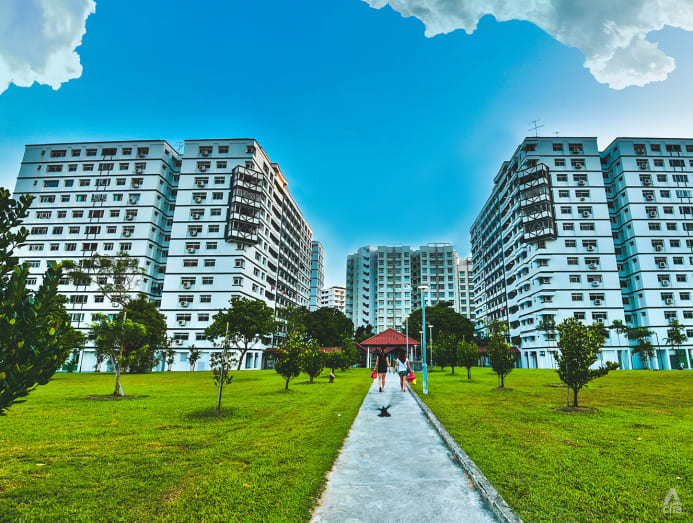
Private developers here have also been working on designing cooler buildings.
Common practices include orienting buildings to the north-south direction to allow for more natural ventilation and to reduce exposure to the sun during the day.
Installing solar panels on top of the building, or on its facade, can also act as "sun-shading devices” to reduce the heat load into the building, said Mr Mark Yeo, CBRE Singapore's chief operating officer for property management.
Energy-efficient practices such as recovering waste heat from air-conditioners to warm indoor pools and showering facilities could become more common in future, with some developers already exploring such solutions, he said.
With the updated Green Mark Certification, which evaluates a building's environmental impact and performance, there is a focus on carbon-neutral or super low energy buildings as the “right building model”, Mr Yeo added.
Leveraging technology can also help to better manage resources, as the country adapts to climate change.
For instance, in the upcoming Tengah district, sensors will be embedded in infrastructure, street lamps and bus stops, collecting a wealth of real-time environmental data.
If linked to district cooling plants, Assoc Prof Chow said operation capacity can be adjusted accordingly.
"In terms of adaptation, you try to integrate a high resolution of environmental data with the decision-making to immediately respond to real-time events, so that the population there won't be unduly exposed to bad environmental conditions,” he said.
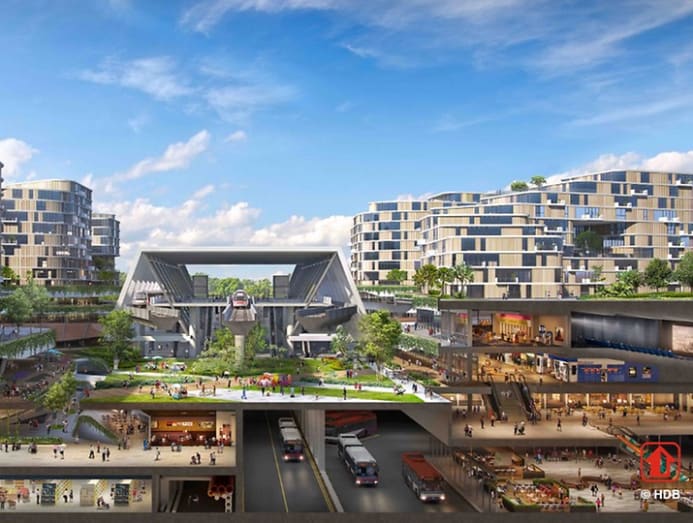
Ultimately, having an ever-evolving blueprint to tackle climate change will be key in making the country more resilient.
"There's no end-point ... or saying we've achieved a gold standard or anything like that,” said Assoc Prof Chow.
"The best sort of adaptation is proactive rather than reactive. You anticipate what can happen to reduce the impact and risks accordingly.”











